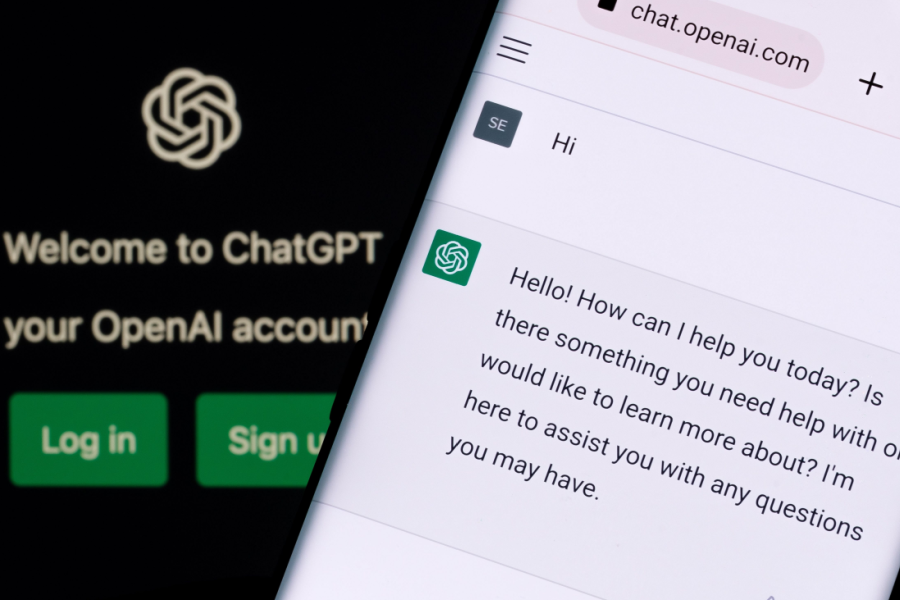Are your patients satisfied with their Medicare Part D drug plans?
New research has found that many patients aren’t happy with their Medicare Part D drug plan’s premiums, deductibles and other benefits.
Two studies published by the University of Minnesota Rural Health Research Center in July:
“Differences in Part D Plans Offered to Rural and Urban Medicare Beneficiaries” and “Rural and Urban Differences in Choice and Satisfaction with Medicare Part D Plans”, examined rural patients attitudes toward their Medicare Part D prescription plans and found that satisfaction is low.
Of all respondents, fewer than half said they were “very satisfied” with the information made available to them in order to make decisions about choosing a Medicare Part D drug plan.
Helping patients find a Medicare Part D program that works for them is an important part of keeping patients happy, healthy and coming to your pharmacy.
Here are three key insights into patients’ dissatisfaction with Medicare Part D drug plans and what you can to do help address those concerns.
1. Beneficiaries’ needs are unmet
According to the studies, less than one in five beneficiaries surveyed said they felt “extremely confident” that their Medicare Part D drug plan meets all their needs.
Tip: Encourage patients to work with you and their doctors to compile a list of all of their needs before they select a Medicare Part D drug plan. This way, they’ll be able to reference the list as they evaluate their options, and make sure the plan they select has everything they want and need.
2. Technology is underutilized
The Centers for Medicare & Medicaid Services (CMS) provides beneficiaries with tools to help select Medicare Part D drug plans, but many beneficiaries are unaware that these tools exist, or are unfamiliar with how to use them.
According to the studies, most beneficiaries surveyed were unfamiliar with the Medicare Plan Finder online portal, and nearly half of beneficiaries did not use the Internet at all.
Tip: Consider helping patients find a plan by using iMedicare, an alternative to the Medicare.gov site. iMedicare was designed by a tech-minded pharmacist who was frustrated with the slow, complex and hard-to-navigate Medicare.gov site. iMedicare works with your pharmacy’s computer system to generate personalized plan comparisons for individual patients. You can use this tool year-round, and it works on laptops and tablets.
3. Pharmacy access is an issue
Beneficiaries who live in rural and mid-sized areas reported less satisfaction with their Medicare Part D drug plan’s access to pharmacies than other beneficiaries.
The studies also noted that since the data was gathered, there has been a rise in the use of preferred pharmacy networks, so these concerns might be even more common now.
Tip: Be sure to include pharmacy access as an item on the beneficiaries’ wants and needs list you compile for them. During your consultation, explain what a preferred pharmacy network is, how it works and how it might affect the beneficiary.
Some beneficiaries who are new, or confused about Medicare Part D drug plans, might not understand how their Medicare Part D drug plan can affect their access to pharmacies. This is likely particularly important for patients living in rural areas with limited pharmacy options.
Use these tips to help patients select a Medicare Part D drug plan that meets all their needs and ensures access to the pharmacy services they rely on.












